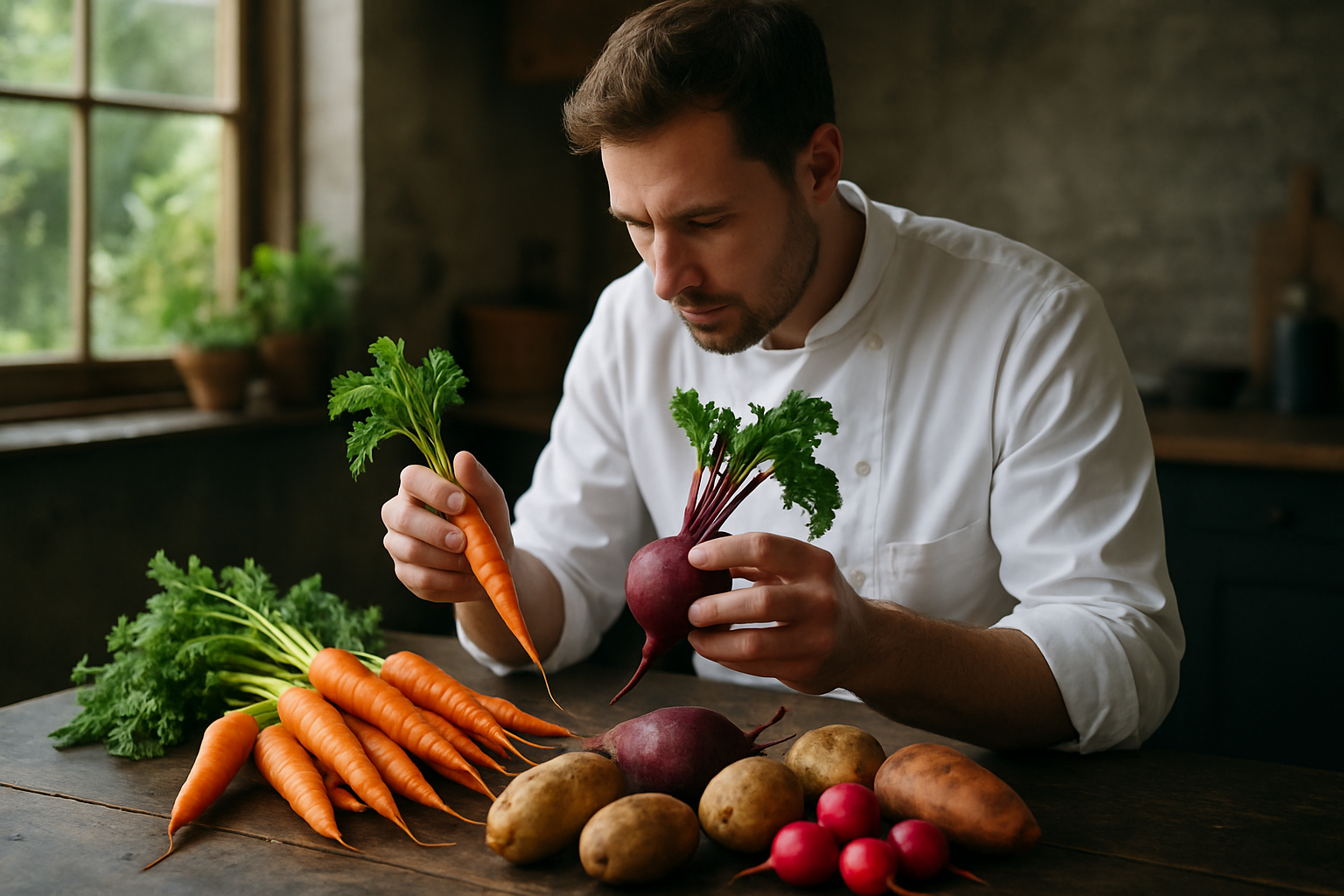The Renaissance of Root Vegetables: An Exploration of Underappreciated Edibles
Root vegetables have been a staple in human diets for centuries, but they are often overlooked in favor of more glamorous ingredients. It's time to dig deeper and discover the hidden culinary potentials of these subterranean treasures. Root vegetables, from potatoes and carrots to radishes and beets, have played essential roles in global cuisines. Yet, their simplicity often relegates them to the background. Their resurgence in contemporary gastronomy is a testament to their versatility and robust flavors. Chefs are now repurposing these humble ingredients, showcasing them in innovative dishes that challenge our preconceived notions about these earthy produce.

The Culinary Potential of Root Vegetables
With their hearty textures and distinct flavors, root vegetables offer a vast array of culinary possibilities. They can be roasted, boiled, mashed, or even eaten raw. They add depth to salads, serve as the main ingredient in hearty stews, and can even be transformed into delectable desserts. Their versatility allows them to shine in any dish, from the appetizer to the dessert course.
Nutrition Powerhouses Underground
Root vegetables are not only versatile but also packed with nutrients. Beetroots, for example, are rich in antioxidants and can help lower blood pressure. Sweet potatoes are filled with vitamin A, essential for eye health. Moreover, most root vegetables are high in fiber, promoting digestive health. In an era where health is paramount, their nutritional benefits make them an excellent component of a balanced diet.
Root Vegetables in Mixology
The use of root vegetables isn’t limited to the kitchen; they have also found their way into the world of mixology. Bartenders are using beetroot juice in cocktails for its earthy sweetness and vibrant color. Carrot and ginger juice is another popular concoction, creating a refreshing and healthy drink. This unexpected inclusion of root vegetables in the beverage scene demonstrates their adaptability beyond conventional uses.
A Sustainable Choice
In the face of rising food waste and sustainability concerns, root vegetables offer a viable solution. They have a long shelf life, reducing waste. They also grow well in different climates, making them accessible and affordable. Plus, every part of these vegetables can be used in cooking, from the bulb to the leafy tops, emphasizing a zero-waste approach.
Root Vegetable Quick Facts:
-
Carrots were originally purple or white, with the now-common orange variety only appearing in the 17th century.
-
Sweet potatoes are one of the oldest vegetables known to humans, with archaeological evidence dating back nearly 10,000 years.
-
Despite their name, Jerusalem artichokes are neither from Jerusalem nor are they artichokes. They are a type of sunflower with a lumpy, brown-skinned tuber.
-
Beetroots were used as a natural dye in the 19th century.
The resurgence of root vegetables is a testament to their versatility, nutritional value, and sustainability. By exploring new ways to prepare and appreciate these humble ingredients, we can bring fresh excitement to our plates. So next time you pass by the root vegetable section in your local grocery, give these underappreciated gems a second look - they might just root their way into your heart.





